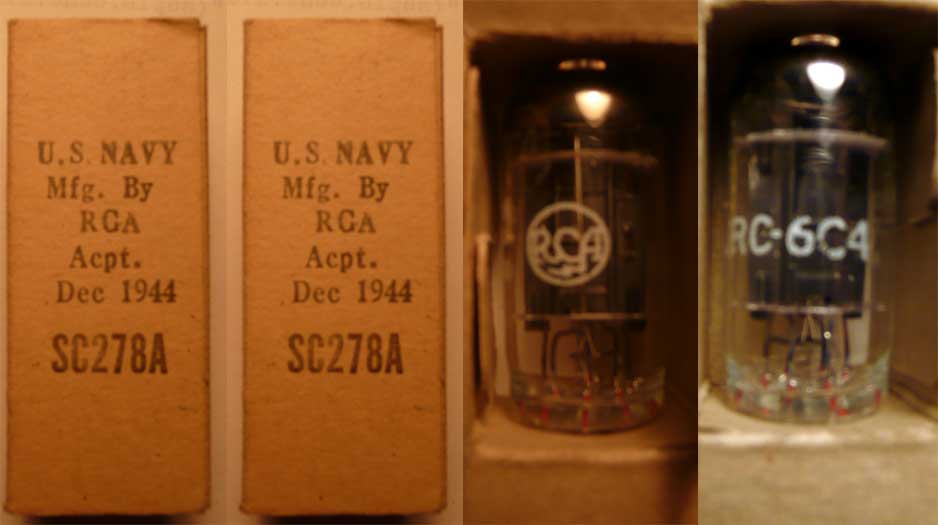>
I think I read somewhere that the 6AQ6...
Be vague, or
be informed.
>
You might find some info here: http://www.nj7p.org/Tube.php
Yes, NJ7P's listings are better than "I think I read somewhere...."
Another source is
Frank's scans of original datasheets.
If you are unsure what to Search for in Frank's, post here. Nobody has ever compiled a back-link database as good as the minds of people who read tube data books tooo many times.
6AQ
6 is roughly half a low-performance 12AT7 plus two diodes, the standard AM radio detector amplifier stage. 6AV6 was far more popular. Neither is a go-to tube in non-radio audio, but they are handy when you need an odd number of small hi-gain stages (ignore the diodes), and were used as side-chain in some speech limiters.
>
6C4 is typically used as an RF oscillator
Two units in one bottle and socket leak to each other, and frequency dependent. In radio we often can't cascade two stages in one bottle; in audio we often can. (Even one tube in one bottle leaks: at AM band we don't use triodes we use tubes with a screen grid, but oscillators can stand P-G coupling.)
After proving that radio is single-unit per bottle and usually screen grid, I must admit that VHF FM bands can use dual/twin-triodes 12AT7 6BQ7 6ES8 in the front-end, though the very best tended to single units (or cascode, which is a variant screen-grid with the cost of an added cathode).
Much audio is cost-driven (I hear moans from the commercial designers here) so you "always!" use dual-tubes to save a buck. 6C4 is however modestly common as the grunt phase-splitter stage between a cascade of hi-gain tubes and the grids of power tubes, especially when you arrive at an odd number of small units. It probably gets used when a dual hi-gain tube needs a third stage to buffer its output. 6C4 is an adequate transformer driver if you swing that way (and just need one).


































